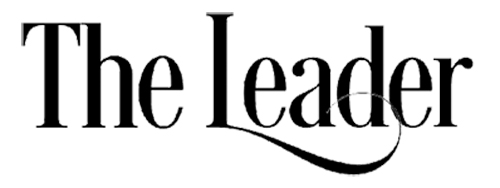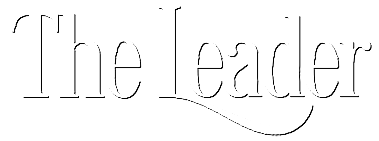GENERAL WILCOX AT SPOTSYLVANIA, MAY 1864:
Major General Cadmus M. Wilcox, division commander under General Robert E. Lee, describes the opening of the Spotsylvania campaign in a letter to his widowed sister-in-law, Mrs. Mary Emily Donelson Wilcox:
“The enemy, failing to approach Richmond by this route (the Wilderness), then moved eastward toward Spottsylvania (Spotsylania) C. H. Gen’l Lee makes a (night march) and reaches Spotsylvania C. H. first and defeats the head of the enemy’s army on the 8th with two of (Lieut. General James) Longstreet’s divisions. Lee now concentrates his army in the vicinity of Spotsylvania; (U. S.) Grant does the same (It will be recalled that Wilcox was a groomsman in Grant’s wedding in St. Louis before the War)…”
The four brigades commanded by Wilcox arrived at Spotsylvania Court-House between noon and 3 p.m. on May 9. His men straddled the Fredericksburg Road and were ordered to entrench.
On the 11th, two of his brigades commanded by Brigadier Generals’ Alfred Scales and Edward L. Thomas, were ordered to the left of the Confederate line. Samuel McGowan’s Brigade remained on the right and James Lane’s on the left of Major General Henry Heth’s Division. Wilcox remained with McGowan’s troops. The next day, Grant attacked Lee’s line and broke through. From his official report and letter to his sister-in-law, Wilcox provides the following account of the battle:
“About daylight on the 12th heavy firing was heard on the left and supposed by me to be either on Lane’s front or to his left, and at this time Thomas’ and Scales’ Brigades reported to me…They were at once sent…in rear of Lane’s Brigade, to support that part of the line…
The enemy, under cover of the night and a dense fog, massed his infantry close in front of a salient held by a brigade of Johnson’s Division (Richard Ewell’s Corps), and at dawn assaulted and carried it, capturing (1,500) prisoners (including Major Gen. Johnson and Brig. Gen. Steuart) and (18 pieces of) artillery; the victorious Federals then, wheeling to the left, advanced sweeping everything before them, capturing the most of Steuart’s Brigade—they had reached the rear of Lane’s left before they were seen, so dark was the morning. Lane promptly retired the left of his brigade to the line on the crest in rear; the Federals moved on in a dense and confused mass in rear of the rifle pit abandoned by Lane’s left and came under a close and destructive fire from the ridge in rear, and a raking fire from the right of Lane. This checked them; they remained but a few minutes under this close and deadly fire and were soon expelled from the lines, leaving the ground well strewn with dead and wounded, with the loss of a few prisoners. Thomas and Scales had just reached Lane’s position as the enemy were driven out; Lane and Thomas followed them. Beyond our lines the enemy sought refuge in their own lines…
Firing, artillery and infantry, raging furiously on Ewell’s front, I was directed to send a brigade to that part of the line. McGowan’s Brigade was ordered, reaching there between 8 and 9 a.m. and going immediately into action. It was placed in on the left face of the salient, its right resting within 60 or 80 yards of it; in getting into position the brigade had to face a heavy fire of musketry and artillery, the musketry being in part from the opposite side of the logs piled up, and from the pines close in the front, the artillery from batteries to the right that raked the ground over which they had to march to reach the pits.”
Continued.




















